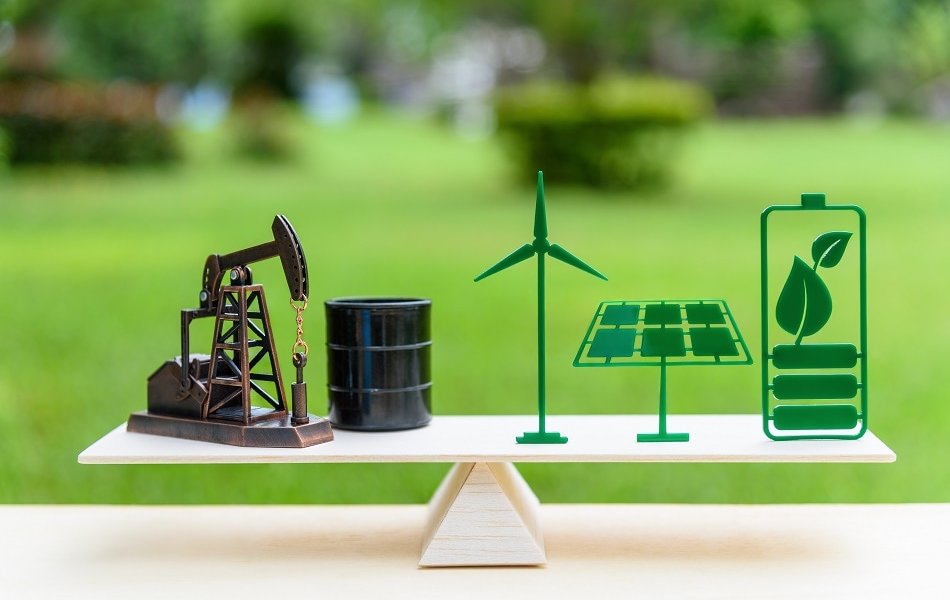News

Statkraft’s Low Emissions Scenario
Statkraft have released a series of articles titled ‘Future Energy Scenarios – Global Energy Trends’ and the second article of the three, as detailed below, looks at the transition of the global energy system over the next 30 years.
This subject has been broken down into four areas; solar becoming the major source of power generation, coal and oil demand to decline whilst electricity demand soars, renewable power to change energy systems and converging costs with maturing technology and further advances in digitalisation.
Solar set to become major source of power generation
The development of renewable energy will pick up as costs of wind and solar production decrease. Renewables are a green alternative, the best option economically and will create opportunities for collaboration in politics, technology and the energy market globally. In the Low Emissions Scenario by Statkraft, it is expected that electricity demand will more than double whilst renewable power generation will increase by more than six times all by 2050. The growth in solar alone will account for two thirds of the growth in demand for electricity.
Coal and oil demand to decline whilst electricity demand soars
Primary energy generation is expected to see an average growth of 0.3% every year until 2050 which is far lower than the previous average growth of 2% a year that has been seen up until now. This is due to the demand in coal and oil dramatically decreasing whilst the demand for renewable generation continues to increase. On top of this, electricity demand is expected to grow eight times faster than primary energy as we head towards 2050.
Renewable power to change energy systems
2050 will see wind power meet approximately 30% of demand whilst solar will account for nearly 40%. Coal and oil will be almost phased out completely leaving renewables with the majority share of power generation. Furthermore, with wind power costs dropping, is it cheaper in some parts of the world to build wind farms than it is to build gas or coal power plants.
Converging costs with maturing technology and further advances in digitalisation
The Low Emissions Scenario expects an ‘evolution rather than a revolution’ for onshore wind power technology. As no emission energy generation is now available for a lower cost, electrification across transport, industry and building sectors is becoming a more appealing and viable solution. Through electrification, emissions will be lowered and the energy system worldwide could be changed forever.
Source: Energy Live News



